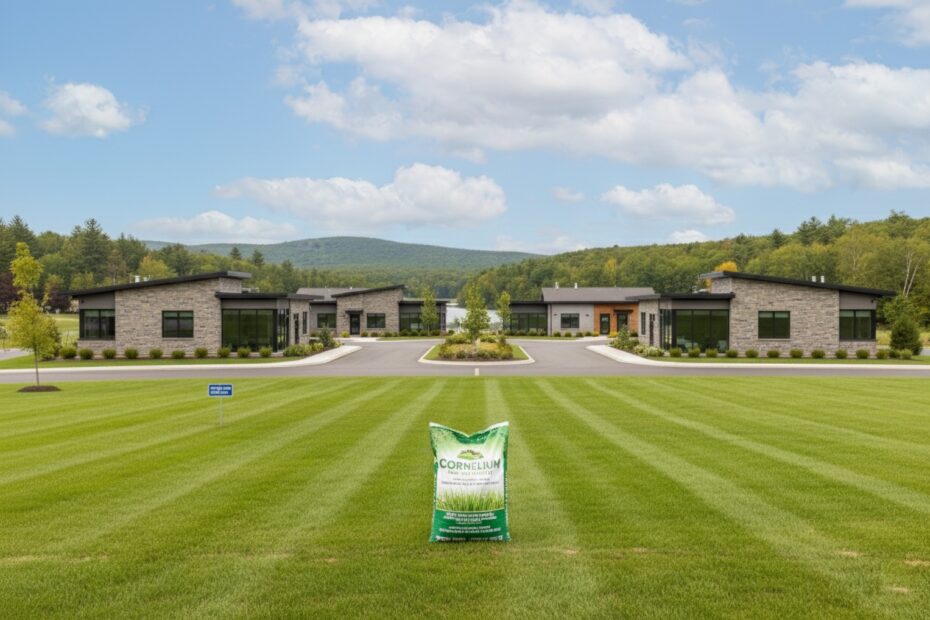The right amount of nutrients at the right time can improve a poor lawn and maintain a healthy lawn better than most other actions. But one thing is never true, and that is “If one pound is good, two pounds is twice as good”. Over-fertilization causes problems for the lawn and the environment. Here are tips for feeding your lawn while protecting our lakes and groundwater from contamination.
- Feed your lawn slowly. Use controlled-release fertilizers to get more bang for your buck.
- Sweep granules off hard surfaces and back into the lawn. Don’t let them wash away with the rain.
- Leave clippings on the lawn. This returns nitrogen and other nutrients to the soil.
- By law, New Yorkers must use zero-phosphorus fertilizers. Phosphorus is already high, too much can stunt plant growth, and the excess runs off, causing algae blooms in fresh and salt water.
Continue to read more at Cornell CALS.
